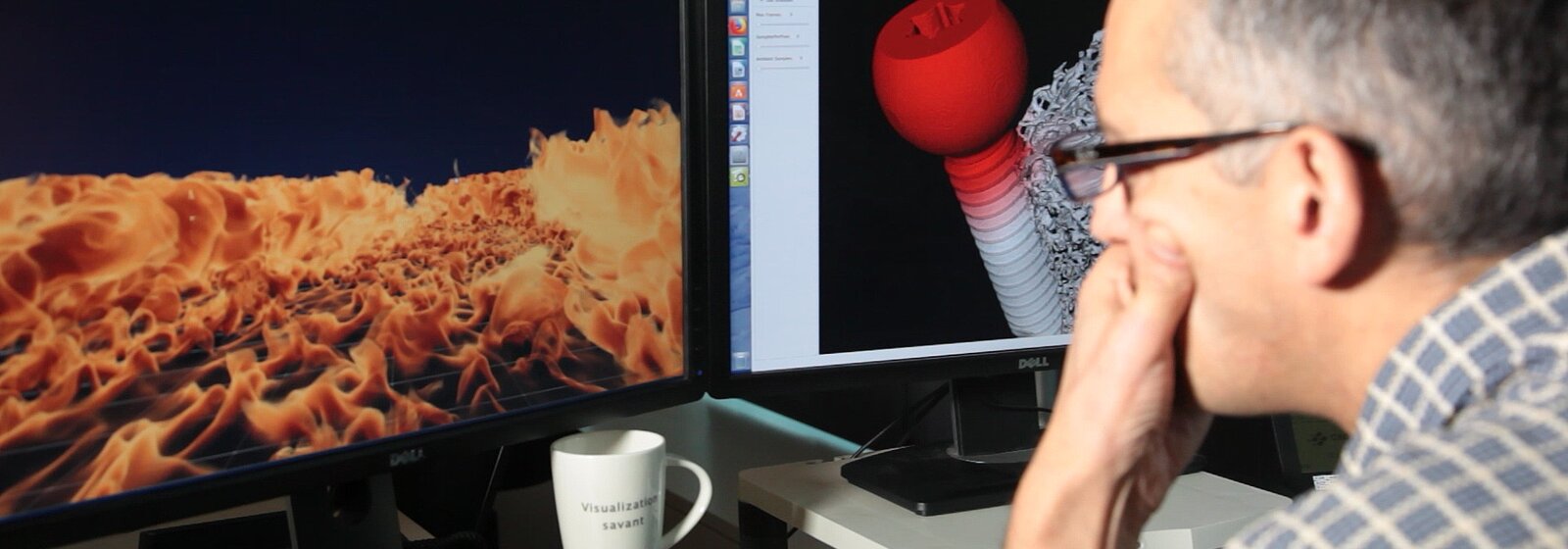April 25, 2018 - by Jean Favre
As Visualisation Software Engineer my job at CSCS is to support the scientists using our HPC systems to create visualizations that can help them fine-tune their simulations, better understand the output results, prepare scientific publications and present the simulations to a larger public.
Back in 2006 a research group of the ETH Zurich Institute for Biomechanics and of the Biomechanics Section of University of Leuven in Belgium submitted a research project dedicated to the study of medical implant stability in osteoporotic bones. Osteoporosis has become more common in today’s ageing population. Treating fractures in patients with osteoporosis has also become more difficult, as implants such as titanium screws and plates impair the micro-structural quality of bones.
The goal of the project was to better understand and quantify the impact of such implants on the bones' micro structures. The approach selected by the scientists has been to run simulations of micro-finite element models with the ParOSol solver running on CSCS's Cray XC40 supercomputer. ParOSol is a scalable, memory efficient multigrid solver for micro-finite element analyses based on Computed Tomography images. Simulation outputs ranging from 50 to 500 million hexahedra required a dedicated parallel visualization plugin developed at CSCS. The plugin is integrated into the popular ParaView Visualization application running natively on the Cray Compute nodes, and using NVIDIA GPUs for the rendering tasks.
My contribution to the project has been to provide a native C++ parallel reader interface to the simulations' custom data format. Hexahedral meshes are created to easily distinguish between multi-piece components (bones, metal plates, screws, etc.) and are load-balanced among parallel servers. A special attention was given to the creation of ghost-cells on processors' boundaries to guarantee continuity of the visualization representations and correct shading and rendering. Because of the complexity and high resolution of the geometric objects, advanced rendering techniques were also deployed, to do silhouette shading, semi-transparent materials, shadows, and ambient occlusion. A small animation film illustrating some of the visualizations made during the course of the project was contributed to the Supercomputing Conference Visualization Showcase in 2013. I’m very happy that our latest publication in the Journal of Orthopaedic Research was selected for the journal's front page, showing the typical visualizations made with the in-house ParaView plugin.


